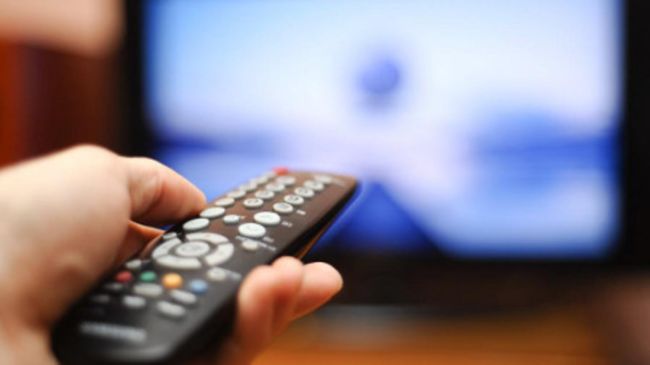Nielsen: Content Consumption Will Rise 60% During Self Isolation
Company looked at past events to reach conclusions

With more Americans being advised to self isolate—and work remotely—in their homes due to the coronavirus (COVID-19) pandemic, the impact on streaming services will force providers and media buyers and planners to adjust their strategies, according to a report from Nielsen.
During the next several months, or however long it takes for the pandemic to play itself out, Nielsen predicts that the amount of content consumed by viewers stuck in their homes will rise 60%. Add that to the worldwide character of the pandemic and that 60% is “significant,” the company said.
According to the most recent Nielsen Total Audience report, media consumption in the U.S. is already at historical highs with Americans consuming just under 12 hours per day with media platforms, with 75% of U.S. consumers adding streaming subscriptions and TV-connected devices, Nielsen said.
In reaching its conclusions, Nielsen looked back at historical precedents, using severe weather events as well as how the pandemic has impacted media usage in two other developed countries that have suffered the most during the pandemic—Italy and South Korea.
In August 2017, when Hurricane Harvey hit Houston, Nielsen found a 56% increase of total TV usage (TUT) compared with the preceding period and 40% higher than the period following the storm. Likewise, during a severe blizzard that hit New York City in January 2016, TUT increased 45%. Nielsen said viewers gravitated towards feature films, news and general format programming (this was in the early stages of the eventual onslaught of original TV programming from streaming providers).
The demand for more bandwidth during this period with broadband conferences replacing gatherings in person will also impact workers and viewers’ media habits as well, Nielsen said.
“As more consumers across the U.S. and around the world avoid areas where large groups congregate, it’s crucial that media buyers and sellers understand how the current COVID-19 pandemic is changing habits and adjust their media plans and advertising strategies accordingly,” Nielsen said. “Consider this, a captive audience seeking the shelter of their own homes might watch and connect more. They might even be more apt to listen to brand messages. But in an outcomes-based world where marketing ROI means converting brand messages into sales for services or products, these consumers may not risk leaving their homes to spend. Instead, they may opt to lean into the click-to-buy route?
Get the TV Tech Newsletter
The professional video industry's #1 source for news, trends and product and tech information. Sign up below.
Nielsen also found that employees that work remotely during a typical Monday through Friday work schedule connect over three hours more each week with traditional TV than non-remote workers—25 hours and 2 minutes to 21 hours and 56 minutes, respectively. In terms of devices, remote workers also spend a higher amount of time each week on their tablets—over four-and-a-half hours compared to the four hours for non-remote workers.
Tom has covered the broadcast technology market for the past 25 years, including three years handling member communications for the National Association of Broadcasters followed by a year as editor of Video Technology News and DTV Business executive newsletters for Phillips Publishing. In 1999 he launched digitalbroadcasting.com for internet B2B portal Verticalnet. He is also a charter member of the CTA's Academy of Digital TV Pioneers. Since 2001, he has been editor-in-chief of TV Tech (www.tvtech.com), the leading source of news and information on broadcast and related media technology and is a frequent contributor and moderator to the brand’s Tech Leadership events.

